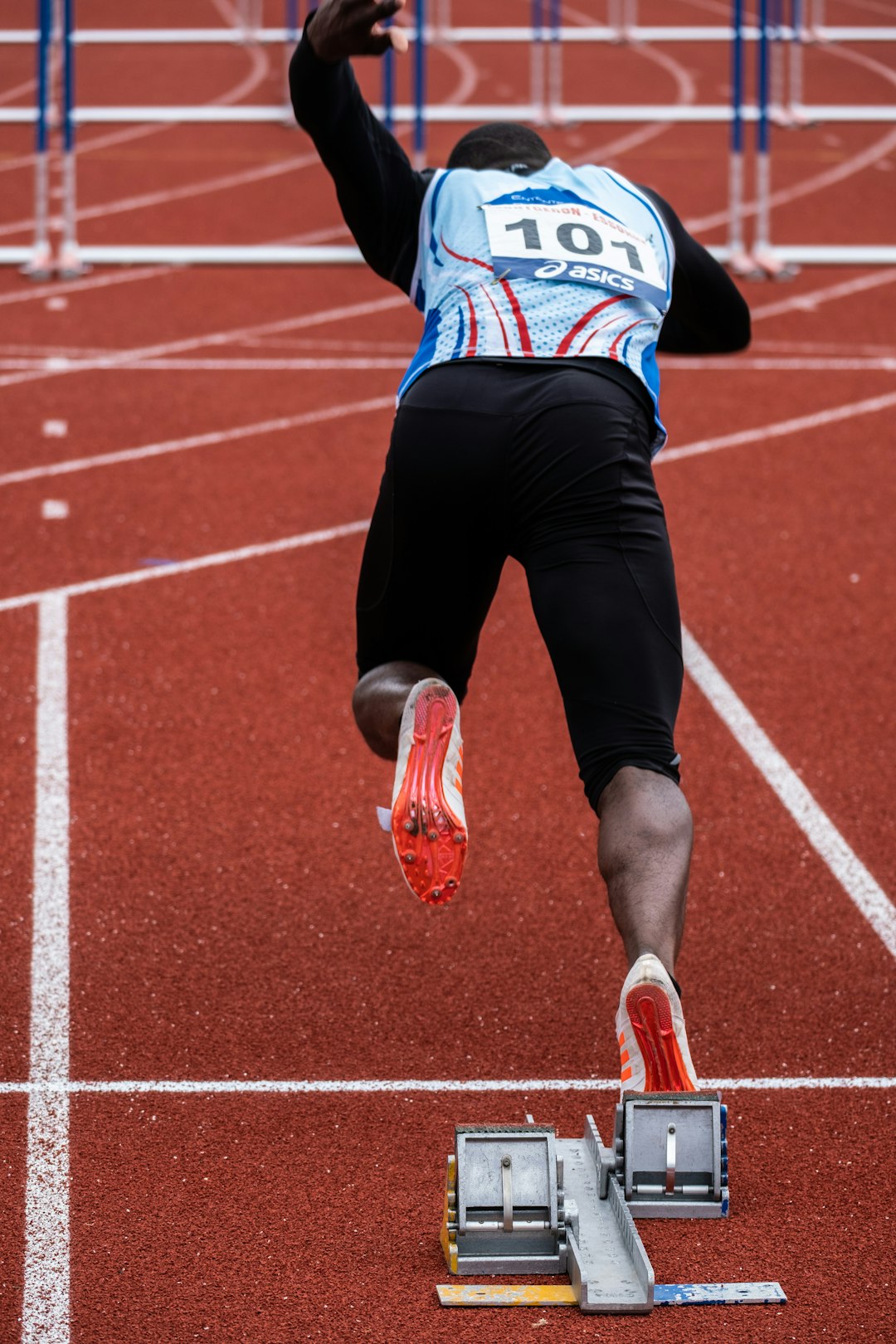The penalty spot can resemble the area of a warzone. The pressure of everything riding on one kick, which requires a fraction of a second, rests on a singular decision, such as “the angle” or “the breath that is held tight.” During the great chaos of a roaring stadium with thousands of fans, or even millions watching intently worldwide, scoring becomes an art that requires unparalleled precision and extreme nerve.
The Role of Mental Focus in Penalty Success
Psychological pressure is at its worst in these scenarios and has another twist: mental. Dominating the physical side of the ‘Inner Game’ is a skill the best penalty taker owns. Keeping cool amid a crowd’s watch, shutting out the echoing atmosphere, and the gaze of the keeper are critical. Even those who enjoy NBA betting can appreciate how focus under pressure separates the great from the good. That rarity engraves a spot on a list of legends when isolating chaos and zeroing in on a place.
This psychological advantage needs drone-like focus and repetition mixed with experience. Visualization contributes significantly, for example, by believing they see the ball end up in the net and pumping their confidence before the kick. Other than technique, the rest is trusting instincts and controlling adrenaline because hesitation is the enemy in such moments.
Technical Elements Behind a Reliable Penalty Kick

Make no mistake—claiming a penalty is mechanical at its core, so it is not ‘luck’ but precision, forgiving the opponent. While everything adds up during the strike, these few rules must be followed first:
- Body alignment: Hips and shoulders set the direction.
- Setting the plant foot: It acts as the determinant for the shot angle and its strength.
- Follow-through: It aids in determining height and speed.
If you master these fundamentals, the ball will become proficient at finding its target. Minor changes to the stance or timing of a strike may be enough to elevate a shot from ‘missed chance’ to ‘goal of the season.’ Work on these, and you’re not calculating, you’re pulling off a striking finish.
Preparing to Outsmart the Goalkeeper
Reading a keeper isn’t work at all; it’s like a game of chess that unfolds within mere seconds. Knowing someone’s habits can affect the outcome of a situation. The subtler and more precise the movements are, the more they dig to give the shooter the advantage.
Analyzing Goalkeeper Behavior
As formidable as goalies are, they, too, have patterns. By instinct or past experience, most people tend to favor one side over the other. Sharp players pay attention to these cues: the positioning of the feet, the alignment of the shoulders, and even the gaze just before the kick. Noticing these details can disrupt a goalie’s plan before kicking the ball.
The dance creates pressure. In high-pressure situations, goalies may jump out too early or hesitate. Elite penalty takers use this to their advantage, sometimes waiting for the goalkeeper to make a move before committing. This mental battle, silent to most, often determines whether the shot goes into the net or the gloves.
Timing the Shot for Maximum Effect
Every moment counts between the run and strike, and in this case, the time and space between the two. Shot precision can trap a goalkeeper, compelling them not only to move but also not to move at all. Some players master the art of the stutter step—coming to a halt or changing speed mid-run—to baffle the goalie’s read and muddle their dive.
Timing is not only putting things on hold but also waiting for a keeper to sync with them. A surprise hit tends to knock them out of position, and a well-executed pause invites the keeper to go first. Conquering this dictates the narrative of the penalty and sets the pressure attributed to every heartbeat with each calculated step.
Training Drills That Build Confidence and Precision
Rehearsed pressure is a prerequisite. Regarding scoring a goal from the penalty spot, there is some degree of magic to it. Still, much magic comes from imaginary scenarios simulating game day during practice. Crowd noise, ticking clocks, and erratic keeper movements are incorporated into the training. The objective is to build instinctive adaptation on a physiological and psychological level. It’s about building muscle memory so every nerve in the body, when triggered, can turn “do” into “done” with complete execution.
Under-stress training also assists in breathing control and pulse regulation. Every productive attempt at repetition breeds a pace, creating a rhythmic sequence and halting hesitation altogether. With these action-packed strikes in succession, fear is remarkably tamed, giving way to confidence, confidence to be in focus and ready, aim, and extinguish any nerves primed ahead of action.
Learning from Famous Penalty Shootouts
Studying iconic shootout battles teaches a great deal of confidence and self-composure. Italy vs. France is an example where colossal nerves, somehow, always at the very last second, are bound by steady practice. The only conclusion one can draw is that while pressure is universal to all, having the right mindset and preparation sets the legacy.
